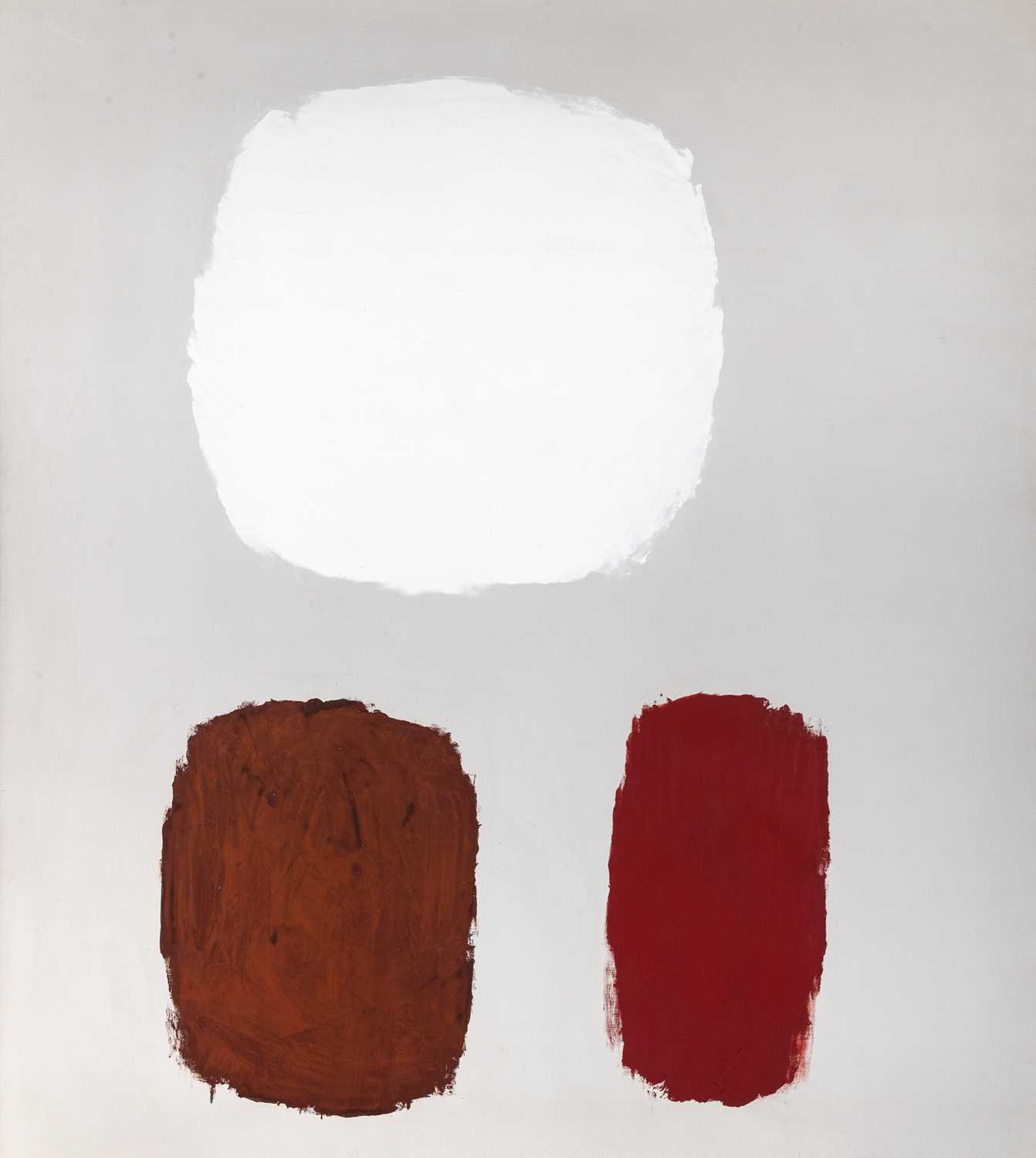
Ray Parker
American, 1922-1990
Ray Parker was a prominent American painter whose work bridged Abstract Expressionism, Color Field, and Lyrical Abstraction. Born in South Dakota, he earned his MFA from the University of Iowa in 1948 before teaching painting in Minnesota and Tennessee. In the early 1950s, Parker relocated to New York and joined the vibrant postwar modernist movement, where he exhibited alongside the major artists of the New York School.
Early in his career, Parker’s work displayed influences of Cubism, yet he soon embraced a more pared-down idiom. He became best known for his Simple Paintings of the late 1950s and early 1960s, compositions defined by delicate, cloud‑like fields of clear color set against white or off-white grounds. Parker described how isolated spots of color would emerge simply by staring at a blank canvas until they coalesced into a sense of volume and balance.
Later in his work, he shifted toward curvilinear modes, applying paint directly from the tube in rhythmic lines and expanding these into energetic compositions. His career also encompassed decades of teaching, most notably at Hunter College in New York, where he joined the faculty in 1955 and remained until his death in 1990. Today, Parker’s paintings are held in major collections including the Whitney, MoMA, the Guggenheim, the Tate, and the Museum of Fine Arts, Houston, known for their refined color, compositional clarity, and understated emotion.


